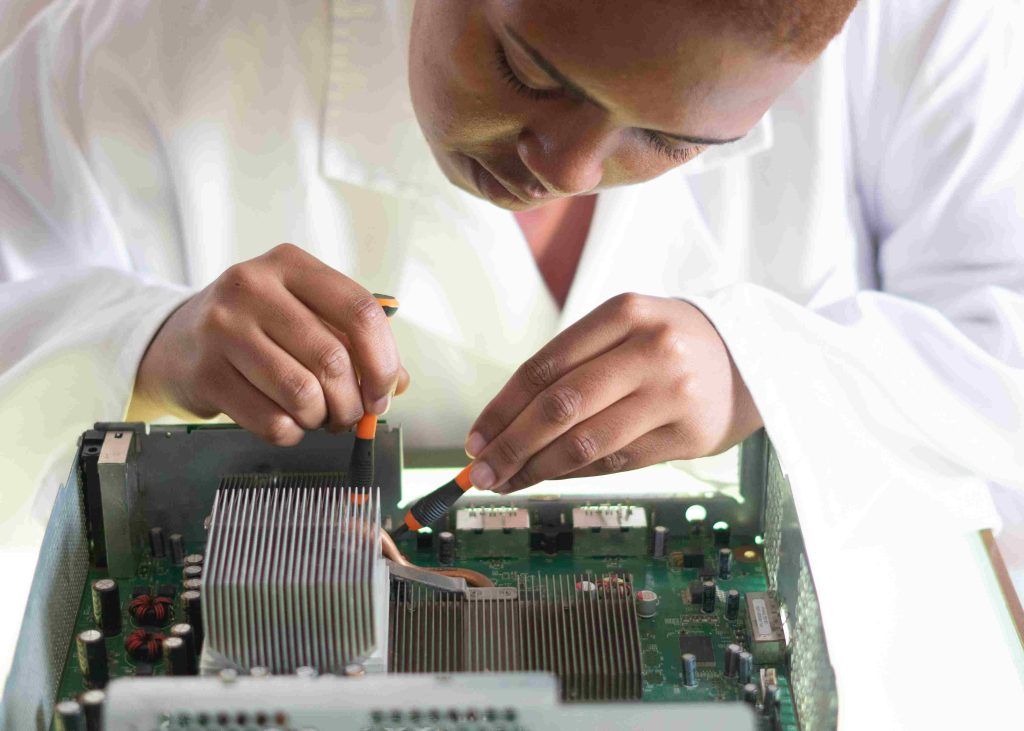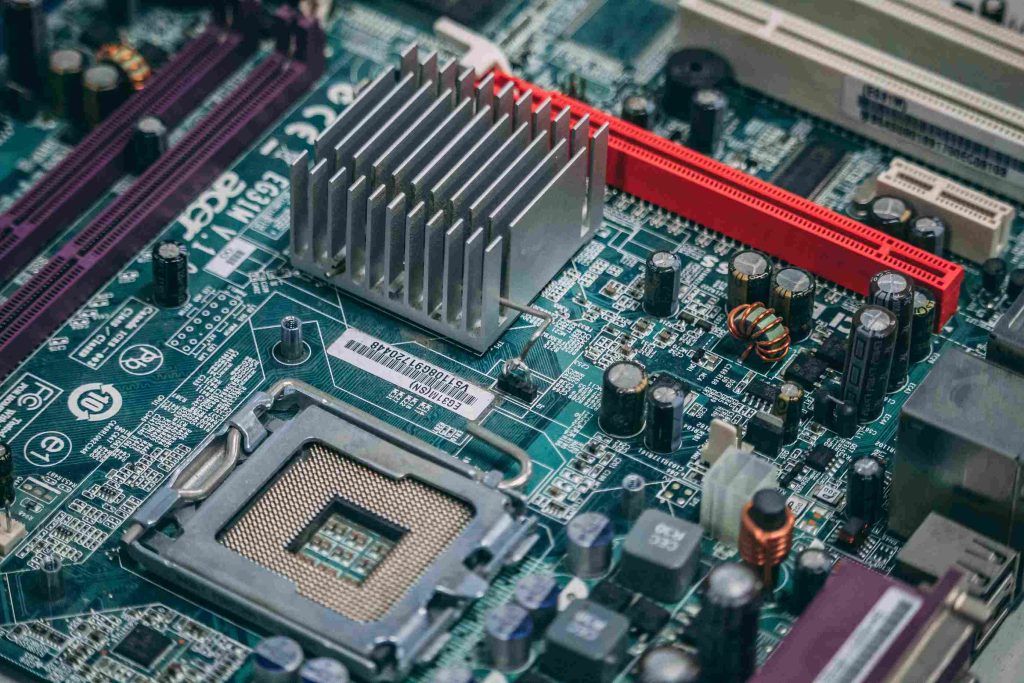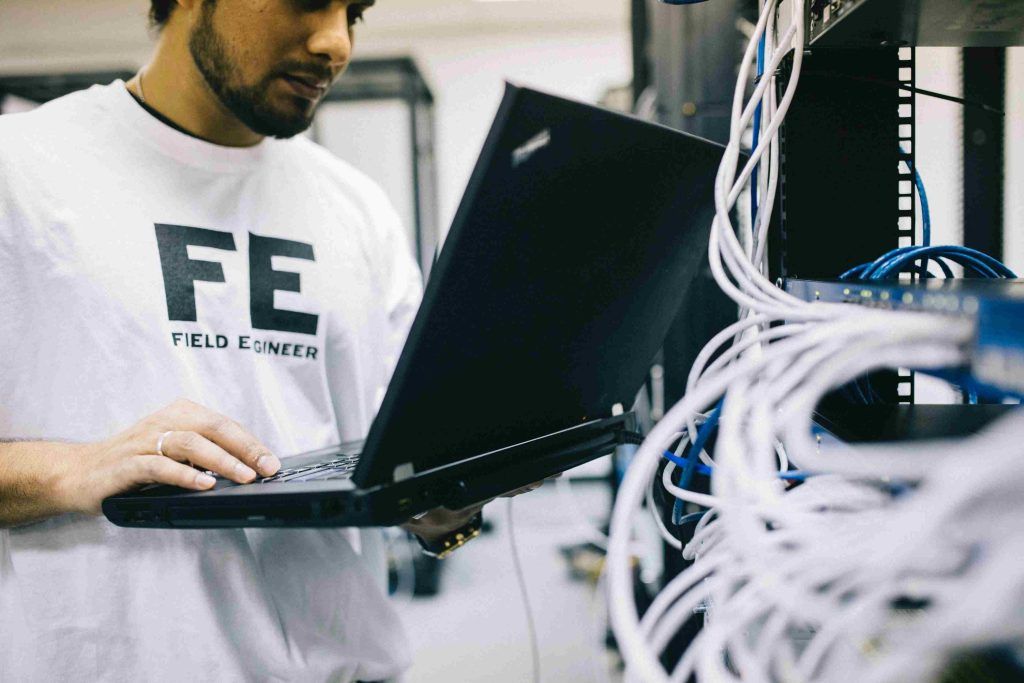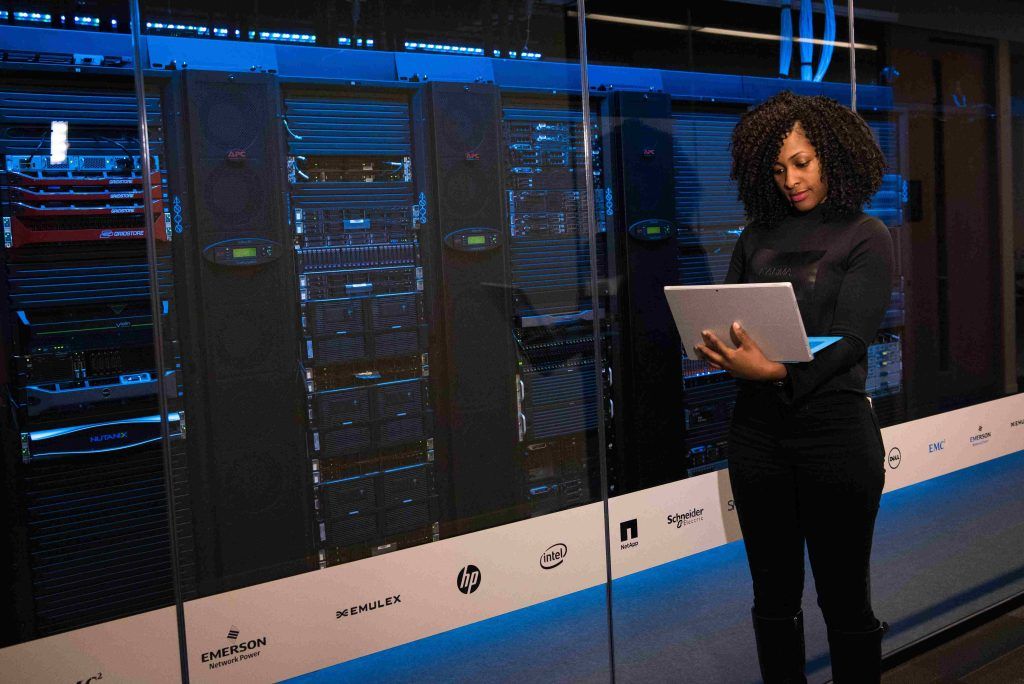The performance of any computer depends largely on how its underlying hardware components are configured and optimized to work together seamlessly. Hardware configuration refers to the process of assembling different hardware parts like the motherboard, CPU, RAM, drives, and peripherals into a fully functional computing system.
Properly setting up the hardware results in faster processing, smooth operations, and maximum longevity. This comprehensive guide will demystify key aspects of hardware configuration for both computers and enterprise IT infrastructure. It covers:
- The fundamentals of hardware configuration
- Role of each hardware component
- Importance of compatibility and performance benchmarking
- Best practices for optimization
- Comparison with software configuration
- Enhancing speed through hardware upgrades
- Significance of configuration management
So let’s get into the ABCs of assembling optimal hardware setups.
Table of Contents
What is Hardware Configuration?

Hardware configuration refers to the process of selecting, installing, and setting up the physical components that make up a computer or IT infrastructure. This includes:
- Motherboard, CPU, RAM, storage drives
- Expansion cards for graphics, sound, networks
- Power supply unit
- Input/output devices like display, keyboard, mouse
- Communication interfaces like USB, HDMI ports
- Any other connected peripherals
The hardware provides the physical foundation required to run software and applications. Configuring quality components that work well together results in seamless overall performance. Hardware configuration differs from software configuration which focuses on setting application settings, system resources, and user preferences.
Key Hardware Components

These are the core hardware elements that comprise a computer’s architecture:
- Motherboard – The main printed circuit board acts as the backbone connecting all components using electrical conduits and interfaces. It holds the CPUs, memory slots, expansion slots, BIOS chip, and microcontrollers.
- CPU – The central processing unit or processor executes program instructions and calculations. faster multi-core CPUs enable parallel processing. Parameters like clock speed, cache size, number of cores impact performance.
- RAM – Random access memory provides temporary storage required by the CPU and programs while operational. Higher RAM size and speed results in better multitasking and faster load times.
- Storage Drives – Hard disk drives and solid-state drives store data and software permanently. Larger capacities allow more storage. SSDs are faster than HDDs which have moving parts.
- Expansion Cards – Cards like graphics cards, NICs, Wi-Fi adapters, and sound cards provide additional functionality through expansion slots on the motherboard.
- Power Supply Unit – The PSU efficiently delivers stable DC electricity to run components. Higher rated PSUs allow supporting more drives and add-on cards.
- Input/Output Devices – Keyboards, mice, webcams, speakers etc provide interface options for users to operate computers and multimedia capabilities.
Ensuring Hardware Compatibility

With many brands and models, choosing hardware components that work well together is key for avoiding issues like:
- Motherboard ports not matching connectors on I/O devices
- RAM exceeding maximum speed supported by motherboard
- CPU socket type not fitting motherboard mount
- Insufficient PSU wattage for total components
- Added cards lacking compatible drivers or slots
Checking technical specifications of each hardware piece is necessary for guaranteed compatibility. Some best practices include:
- Choosing parts that adhere to industry standards for interoperability like USB 3.0, DDR4 RAM etc.
- Checking manufacturer documentation for certified or recommended configurations
- Using online tools to validate compatibility based on components selected
- Comparing products within a model line designed for symbiosis
- Consulting retailer sales staff on optimal part pairings
- Seeking guidance from user forums on community tested configurations
A balanced hardware configuration avoids mismatches and bottlenecks. For custom builds, benchmarking tools can test system performance to catch issues. Enterprise IT uses standardized hardware which undergoes rigorous compatibility testing.
Benchmarking Hardware Performance
Specialized software tools measure the speed, capability, and reliability of configured hardware under simulated workloads. Common benchmarks include:
- PASSMARK – Tests CPU, GPU, drive speeds, multitasking performance for desktops and laptops using simulated loads. Helps compare hardware models.
- Geekbench – Measures CPU and GPU power across devices including mobiles. Good for Windows and Mac comparison using a baseline score.
- PCMark 10 – Emulates real-world office and home usage models and provides benchmark scores accordingly for overall system appraisal.
- 3DMark – Focuses solely on GPU rendering power for gaming systems using graphics intensive simulated tests.
- CrystalDiskMark – Specifically tests read/write speeds and throughput for storage drives like HDDs and SSDs.
- OCCT – Stresses individual components like CPU, RAM, and GPU to assess reliability and evaluate cooling efficacy under heavy duress.
Benchmarking should be performed after setting up a new system to check performance or identify faulty components based on low scores. Online databases allow comparing results against configurations with similar parameters. For enterprises, standardized hardware models are pre-tested extensively avoiding issues.
Optimizing Hardware for Peak Performance

Some best practices help optimize hardware selections and configuration for maximum speed:
- Assess application requirements and purchase adequate RAM, storage, and GPU capabilities accordingly. Overspending on unused resources is pointless.
- For businesses supporting multiple concurrent users, invest in CPUs and RAM that enable smooth multi-tasking under load.
- Choose SSD over HDD for faster boot times, app launches, and data access. Use HDD for archival storage where speed is non-critical.
- Keep operating systems and frequently used apps on the primary C drive and data on a separate drive for faster loads.
- Allocate CPUs with more cores for software that supports parallel processing like media editing applications.
- Use multiple RAM modules evenly distributed across motherboard slots for taking advantage of channel speeds.
- Pick PSU units capable of supporting all connected components with some spare overhead for future expansion.
- Set power management to optimize performance when AC power is connected and conserve battery when unplugged.
- Keep drivers and firmware updated for fixed bugs, improvements, and exploit patches.
For aging systems, upgrading RAM, SSDs, and graphics cards can provide cost-effective speed boost without replacing the core unit. Overall, aligning hardware configuration to usage needs takes performance to new heights.
Hardware vs Software Configuration
While complementary, hardware and software configuration differ in some aspects:
Hardware configuration involves physically interfacing components like motherboard, drives, memory, and peripherals for boot up. Software configuration means installing operating systems, device drivers, applications etc. on the hardware.
Hardware configuration focuses on performance parameters like CPU cores, RAM speed, drive capacities etc. Software looks at settings like application permissions, user preferences, device drivers.
Hardware configuration requires opening up devices and fitting parts together. Software utilizes user interfaces, install wizards, remote device management tools for setup.
Hardware configuration improves physical performance metrics like speed benchmark scores. Software configuration enhances logical operational efficiency, security, and feature access.
Hardware configuration requires technical knowledge to assemble compatible parts. Software configuration is easier with app wizards but needs understanding of purpose.
While dependent on hardware resources, software is intangible in nature. Hardware configuration deals with tangible computer components.
Both require careful configuration for peak mutual performance. Hardware provides the foundation and software utilizes it.
Enhancing Performance via Hardware
Some key ways upgrading hardware configuration improves computer performance:
- Increasing RAM: Having more RAM enhances multi-tasking allowing faster switching between memory intensive programs. It speeds up loading large files, complex calculations, and datatransfers.
- Adding Processing Cores: Multi-core CPUs split tasks across cores enabling parallel execution. More cores help run demanding software like multimedia editors faster through simultaneous processing.
- Using SSDs: SSDs have faster read-write speeds than HDDs due to absence of moving parts. This accelerates booting up, opening apps and saves/loads in software.
- Upgrading Graphics Card: A dedicated powerful graphics card offloads game/video rendering from the CPU. This enables playing high fidelity games and applications reliant on graphics smoothly.
- Removing Bottlenecks: Insufficient RAM, outdated CPU, and slow HDD create bottlenecks even if other components are new. Upgrading the lags boosts overall performance.
- Overclocking Components: Higher clock speeds can be set on CPUs, RAM, and GPUs beyond factory defaults through overclocking to enhance speeds. But requires expert handling.
Hardware Configuration Management
For enterprise IT infrastructure, practices like standardization, change control and automation help effectively manage hardware configurations:
- Standardized Models: Using identical or comparable hardware models, configs and certified components simplifies maintenance with uniform troubleshooting.
- Configuration Monitoring: Tools like Microsoft SCCM track hardware inventory like servers, workstations, laptops along with components like OS, drives, memory etc.
- Change Control:Following a change management process ensures new hardware integrations undergo testing and risk-assessment before deployment.
- Automated Installs: Tools like Apple Remote Desktop and Microsoft PXE boot servers automate installing operating systems and apps on standardized hardware.
- Centralized Administration: Web-based console dashboards enable managing hardware remotely through tasks like patching, asset tracking and configuration.
- Disposal Tracking: Asset management tools track decommissioning storing metadata like disposal date, method and reason for compliance.
Robust configuration management maximizes uptime and makes support easier. For small businesses, a fixed hardware model strategy still simplifies administration.
Conclusion
Hardware configuration provides the performance backbone for computing systems and IT infrastructure. Optimizing this foundation is key to effectively running the mission-critical software that organizations depend on.
FAQ’s
Properly configuring hardware components like CPU, RAM, drives results in faster system performance, smooth operations, and maximum hardware lifespan. Optimal hardware configuration provides the foundation for software.
You can check hardware configuration in Windows by pressing Windows + R and entering “dxdiag”. This shows details of CPU, RAM, drives, graphics card. Tools like CPU-Z also provide in-depth hardware configuration information.
Hardware configuration deals with physically assembling and interfacing computer components. Software configuration involves installing operating systems, apps, drivers and tweaking settings through interfaces.
Hardware installation means physically fitting components like motherboard, drives, cards, and cables into the computer chassis. Hardware configuration means booting to BIOS to set optimal parameters for components like enabling XMP for RAM speed.
Run benchmarking tools simulating real-world system loads to measure parameters like CPU speed, RAM throughput, and storage read-write speeds.
